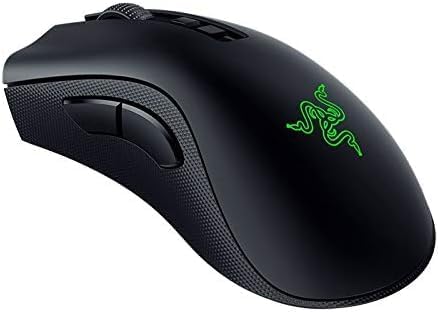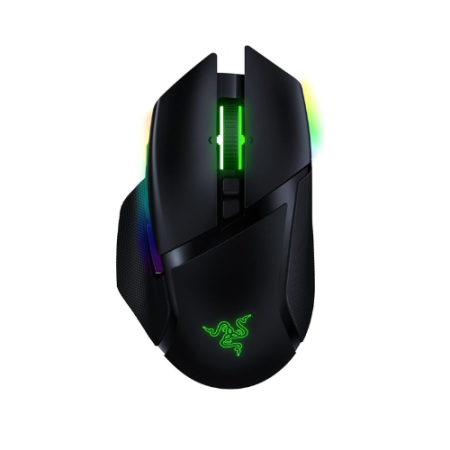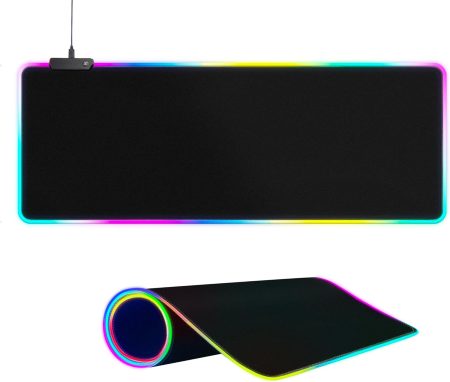Removing thermal paste from CPU pins can be a tricky task. If you are upgrading or replacing your CPU, cleaning the thermal paste off the pins is essential before applying the new thermal paste on the surface of your processor. This process may seem intimidating initially, but with the right tools and techniques, you can get the job done quickly and correctly.
What You Need to Know Before You Try and Remove the Thermal Paste of the CPU Pins
Before diving into the cleaning process, you must gather general information about the following things.
• Know Your Thermal Paste
You must keep tabs on the type of thermal paste you spilled on the CPU pins. Electrical thermal pastes can damage your CPU pins due to their conductive properties. For example, an accumulation of thermal paste on the pins can create a short circuit, causing irreparable harm to your CPU. Another issue with electrical thermal pastes is that they will generate heat between the CPU and the heat sink, leading to overheating and poor performance.
• Know Your CPU Type
Knowing your CPU type can go a long way in accomplishing the task at hand. Removing thermal paste from its pins without knowing your specific processor could become a complicated and potentially damaging procedure. In addition, you need to know the exact model of your CPU to have the right tools for effectively performing the cleaning process.
AMD Ryzen CPU (PGA) and Intel CPU (LGA)
Regarding desktop CPUs, there are two major players: AMD’s Ryzen and Intel’s Core. While both have benefits, the main difference lies in their physical packaging. Intel uses an LGA (land grid array) package, which means that a metal frame encloses little squares called contacts on the chip. Alternatively, AMD uses a PGA (pin grid array) package composed of pins that connect directly to the CPU socket.
When cleaning thermal paste off your CPU after replacing one of these parts, both processes can be relatively simple as long as you follow best practices. A soft cloth is all you need to remove Intel’s paste residue. At the same time, with Ryzen, you will need a contact cleaner, such as Isopropyl alcohol and cotton swabs.
Either way, always remember to be gentle and pay extra attention when cleaning around delicate components like pins or contacts – because one wrong move can lead to an expensive mistake.

How to Clean Thermal Paste off CPU
1. Gather Your Materials
You will need the following tools:
- A cotton swab
- Isopropyl alcohol
- Paper towel
- A small brush with soft bristles
Once you gather all the materials, you can begin cleaning the thermal paste off your processor’s pins.
2. The Cleaning Process
Follow the below-mentioned steps:
- Start by using a cotton swab soaked in isopropyl alcohol to gently clean around each pin on the processor.
- You can also use a new and soft brush to do the same.
- After wiping down each pin with an alcohol-soaked cotton swab, use a dry paper towel to remove any remaining residue or liquid.
- At last, you can also use a soft-bristled brush to carefully scrub away any stubborn deposits on each pin’s surface.
Make sure you take enough time and patiently complete the cleaning process for better results. You can bend or damage the pins with extra force.

3. Thermal Paste Cleaners
While Isopropyl alcohol is a handy cleaning agent, sometimes, it doesn’t get the job done perfectly. Therefore, you may want to look for thermal paste cleaners to remove any stubborn residue from your CPU pins.
Professional thermal paste cleaners are specifically designed for this purpose, and you can easily apply them directly on the spill. Use a small quantity of the cleaner and gently rub it on the thermal paste with the help of a cotton swab or soft bristle brush. Wipe off the cleaner and paste with the use of a clean cloth.
Importance of Thermal Paste on the CPU
CPUs are integral parts of any PC, and you should remember this when doing anything to them. Thermal paste plays a big role in ensuring that CPUs stay healthy and run efficiently by filling the air gaps between the processor (CPU) and cooling system. They offer a cooling system so that heat can effectively dissipate away from the device. This helps prevent overheating, a common problem experienced by most computer users.
Without thermal paste, the lifespan of a CPU could decrease significantly due to increased temperatures, leading to potential hardware failure. If you want your beloved computer to run without problems over an extended period, then investing in good quality thermal paste is necessary.
Is It Necessary to Remove the Excess Thermal Paste of the CPU Pins?
Yes, it is essential to remove any excess thermal paste from the pins of your CPU. Too much thermal paste can act as an insulator. It will prevent electrical signals from reaching the pins and thus hinder the performance of your processor. Too much thermal paste on the pins can also cause a short circuit and potentially damage the components inside your computer.
Moreover, applying too much thermal paste can lead to a faster heat buildup inside the case. It happens because the airflow is blocked by clogging up between gaps and crevices. As a result, the computer can overheat and even cause parts of it to fail.
What Happens if You Do Not Remove Excess Thermal Paste off the CPU Pins?
If you do not remove excess thermal paste off the CPU pins, it can negatively affect your PC’s overall performance. Over time, this buildup of thermal paste will cause a thick and hard lump, reducing the heat conduction capacities. As a result, it will make your computer difficult to cool down.
Eventually, the thermal paste may become so thick that it begins to interfere with the electrical signals within the pins. As a result, your PC will experience faulty connections or even an inability to boot up altogether. This can cause significant damage to your CPU and other components of your computer, such as the motherboard and RAM.
Furthermore, too much thermal paste might extremely heat up your electronic components. This would not be good because it could damage the electronic components. Additionally, some types of thermal paste can be conductive or an insulator which could further impede or prevent electrical signals from reaching where they need to go.
Therefore, it is essential to remove any excess thermal paste off the CPU pins to ensure optimal performance and lifespan of all components within the PC unit. Cleaning the contacts with rubbing alcohol should be sufficient. Moreover, ensure that all residue is completely dry before reapplying the new thermal paste or attempting to boot up again.
Conclusion
Removing thermal paste from CPU pins is essential for ensuring proper operation when replacing or upgrading your processor. With suitable materials and techniques, you should be able to remove all traces of the previous thermal paste without causing any damage or deformities in individual pins. Furthermore, ensure all traces of old thermal paste have been removed before applying new thermal paste onto your processor’s surface.














